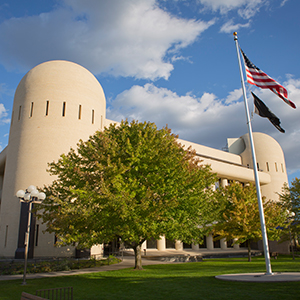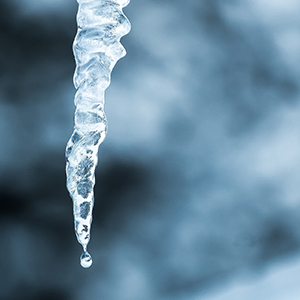1000 results matching “”
January is Cervical Health Awareness Month!
Cervical Health Awareness Month is a time to focus on the health and well-being of your cervix, because even though it might sound a little weird, cervical cancer affects around 13,000 women each year and results in about 4,000 deaths. Knowing how you can prevent cervical cancer is an important part of keeping yourself safe and putting your health first! Keep reading to learn more about how you can reduce your risk and what signs and symptoms you should watch out for.
Sequencing COVID-19 Variants: An Incredible Journey
News about COVID-19 variants seems to be everywhere right now. This leaves many people wondering how we even know what variants are currently circulating. Here is a simple breakdown of the journey our nasal swabs take through the testing process and how we use it to determine the spread of variants. It’s a truly amazing process.
Get [Mentally] Fit in 2022
We know it’s tempting to grab that magazine or click on the ad that promises to get you in shape in the new year. However, let’s not forget a part of our body that often gets overlooked when it comes to getting strong and healthy. Let’s show some love to our brains this year. Whether you call it brain health or mental health, here are some simple (and some fun) tips to get mentally fit in 2022.




